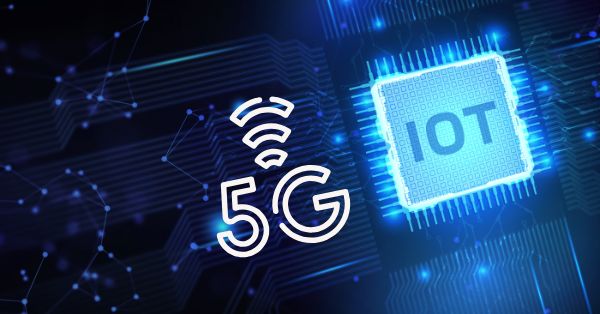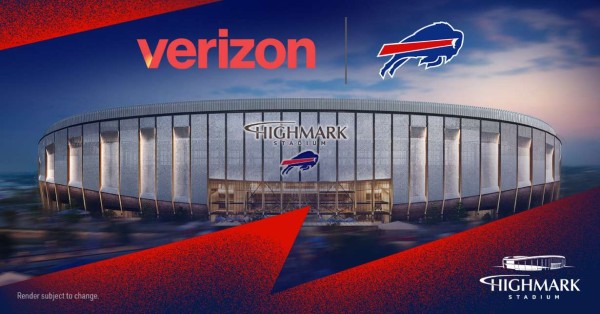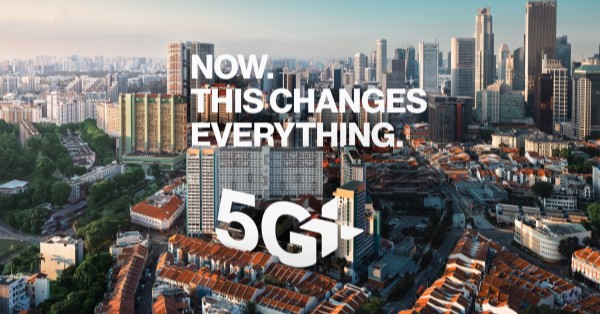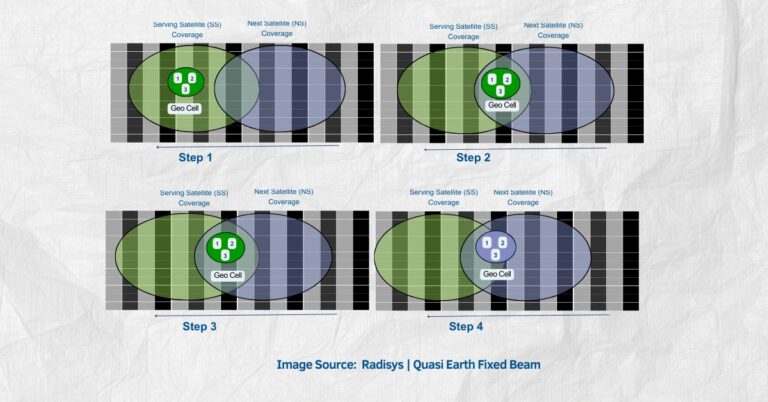Overview of the remote diagnostic procedure using 5G connected ambulance
British Telecom (BT) and University Hospitals Birmingham NHS Foundation Trust (UHB) demonstrated UK’s first remote diagnostic procedure using a 5G connected ambulance.
This use case demonstrates how technology such as 5G, augmented reality, virtual reality, robotics can be combined with clinical expertise to enable remote diagnostics and link field practitioners with surgeons or consultants in real-time.
Wearing a specially equipped VR headset, the clinician is able to visualise exactly what the paramedic sees in the ambulance. Using a joystick, they are then able to remotely direct the paramedic in real-time to perform any necessary scans, as well as get close-up footage of the wounds and injuries of a patient.
The clinician does this by speaking to the paramedic to look in a particular direction, or, in the case of a scan, sends control signals over the live 5G network to a robotic or ‘haptic’ glove worn by the paramedic. The glove creates small vibrations that direct the paramedic’s hand to where the clinician wants the ultrasound sensor to be moved. This allows the clinician to remotely control the sensor position, whilst seeing the images in real-time.
In addition, there is a camera in the ambulance which transmits a high definition view of the inside of the ambulance, paramedic and patient. Together with live feeds of the patient’s ultrasound scan, the clinician is able to recognise vital signs and view medical records in real-time via the VR headset, providing a truly immersive experience.
Communication service provider for 5G connectivity
British Telecom (BT) provided mobile connectivity for this use case, to showcase remote diagnostic procedures using connected ambulances.
About – BT’s purpose is to use the power of communications to make a better world. It is one of the world’s leading providers of communications services and solutions, serving customers in 180 countries. Its principal activities include the provision of networked IT services globally; local, national and international telecommunications services to its customers for use at home, at work and on the move; broadband, TV and internet products and services; and converged fixed-mobile products and services. BT consists of four customer-facing units: Consumer, Enterprise, Global and Openreach.
Fotis Karonis, CTIO and 5G executive lead for BT Enterprise said the technology could be transformational for the NHS and other healthcare providers.
“We’re delighted to be demonstrating this cutting-edge technology here in Birmingham, which was amongst the first places in the UK and in Europe to get switched on to 5G,” he said.
“Not only is 5G capable of ultrafast speeds it has much lower latency meaning there is little to no delay when transmitting data over the network. This means things happen in ‘real time’ so this is of significant interest to the NHS because of its potential for medical applications, such as diagnostics and preventative healthcare. This capability provides efficiency opportunities for both hospital and ambulance trusts by reducing the number of referrals into hospital and patient trips.
“BT has a long and proud heritage of working with the NHS and we’re committed to developing technological solutions to meet some of the key challenges faced in the healthcare sector.”
Fotis added that BT has worked with its research partners including Ericsson, King’s College London and also with Voysys to demonstrate how 5G technology can provide digital transformation of critically important services and enable ‘real time’ collaboration. It also shows the potential of 5G beyond enhanced mobile broadband.
Solution partners showcasing remote diagnostic using 5G connected ambulance
This use case was hosted at the Medical Devices Testing and Evaluation Centre (MD-TEC) in UHB’s simulation lab located in the Institute of Translational Medicine.
About – University Hospitals Birmingham NHS Foundation Trust (UHB) is one of the largest teaching hospital trusts in England, serving a regional, national and international population.
It includes Birmingham Heartlands Hospital, the Queen Elizabeth Hospital Birmingham, Solihull Hospital and Community Services, Good Hope Hospital in Sutton Coldfield and Birmingham Chest Clinic. We also run a number of smaller satellite units, allowing people to be treated as close to home as possible.
We see and treat more than 2.2 million people every year across our sites and our hospitals deliver more babies than anywhere else in Europe.
We are a regional centre for cancer, trauma, renal dialysis, burns and plastics, HIV and AIDS, as well as respiratory conditions like cystic fibrosis. We also have expertise in premature baby care, bone marrow transplants and thoracic surgery and have the largest solid organ transplantation programme in Europe.
We provide a series of highly specialist cardiac, liver and neurosurgery services to patients from across the UK.
We are world-renowned for our trauma care and have developed pioneering surgical techniques in the management of ballistic and blast injuries, including bespoke surgical solutions for previously unseen injuries. As a result of its clinical expertise in treating trauma patients and military casualties, the QEHB has been designated both a Level 1 Trauma Centre and host of the UK’s only £20m National Institute for Health Research (NIHR) Surgical Reconstruction and Microbiology Research Centre (SRMRC).
We have over 20,000 members of staff and we are committed to investing in their development and their health and wellbeing.
Dave Rosser, UHB Chief Executive, said: “We are excited by the huge potential of 5G technology and how it can help transform healthcare in the future. We believe it has the potential to create more efficient use of healthcare resources, particularly with regards to easing the burden on A&E services which are facing unprecedented demand.
“At present, the urgent care system is based on an antiquated model and our centres are dealing with huge numbers of patients every day. The characteristics of 5G mean it should provide many advantages, including speeding up diagnoses for patients and potentially reducing the number of ambulance and A&E department visits. In particular, being able to perform diagnoses remotely means a doctor or clinician could determine an appropriate care pathway without necessarily having to see someone in the hospital.”
Use case showcase location and timeline
This use case was showcased in November 2019 at Medical Devices Testing and Evaluation Centre (MD-TEC) in UHB’s (University Hospitals Birmingham), a prestigious simulation lab located in the institute of translational medicine in Birmingham, UK.
Benefits of the remote diagnostic procedure using 5G connected ambulance
This use case will transform healthcare services because of characteristics of 5G:
- Delivering significant cost savings by reducing the number of patient trips to hospitals
- Speeding up diagnoses for patients and potentially reducing the number of ambulance and A&E (accident and emergency) department visits
In particular, being able to perform diagnoses remotely means a doctor or clinician could determine an appropriate care pathway without necessarily having to see someone in the hospital.





























